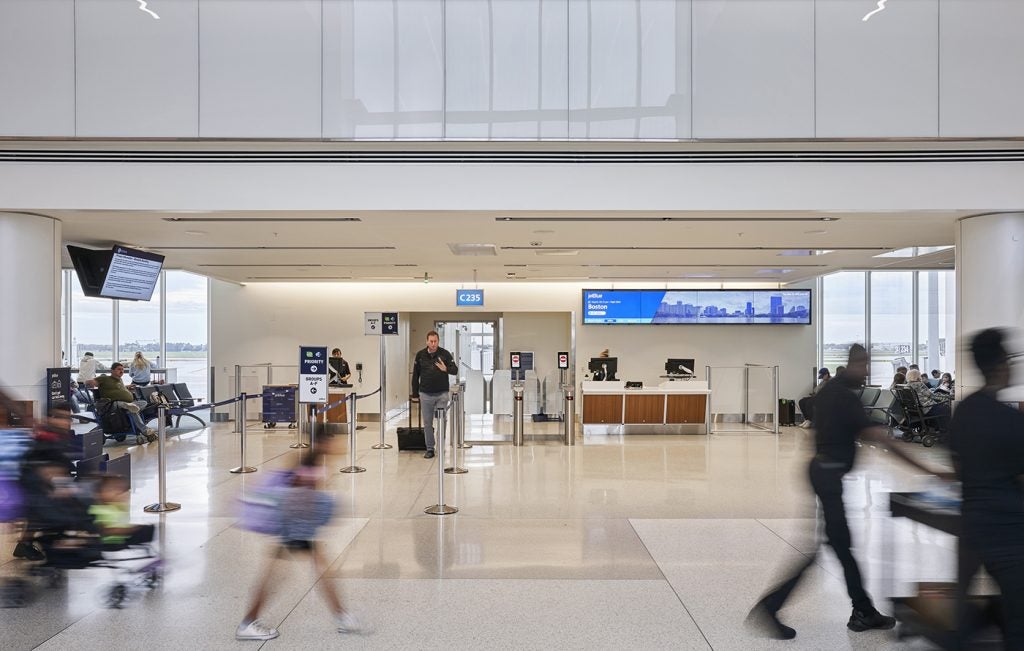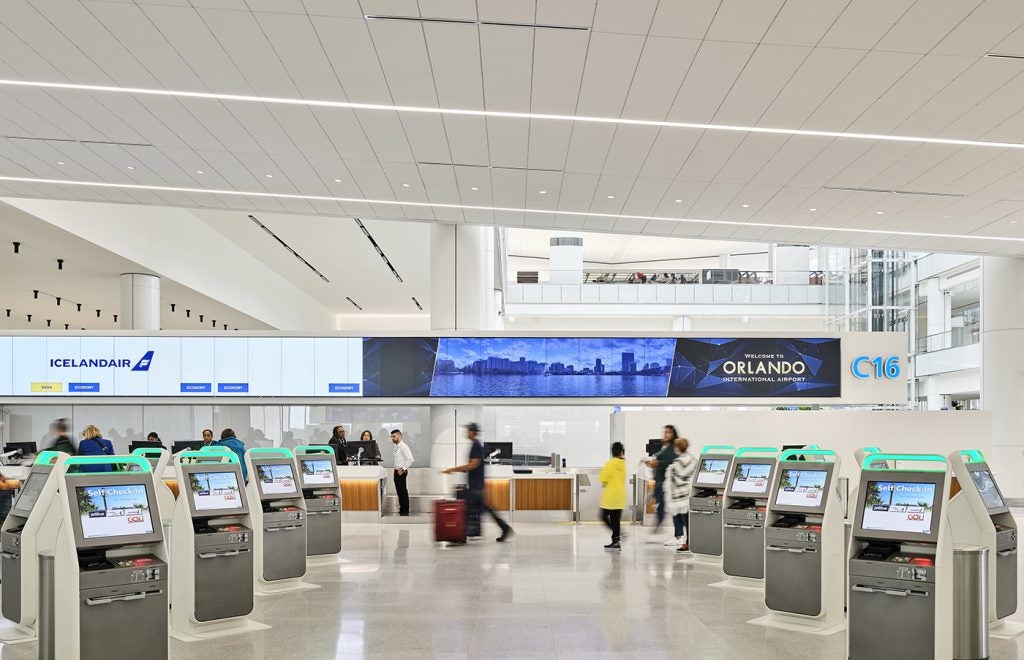Airport information technology systems tend to be last on the construction punch list. That places a lot of pressure on airport leaders to wrap up IT system installation on schedule – or else delay project closeout.
IT systems are inherently complex, yet increasingly critical to the overall success of major airport improvement projects. Faced with the need to control costs and expedite project delivery, IT leaders are choosing not to stand idly by until the end of construction.

To better prepare technology systems, many airports are adopting integration “laboratories” that facilitate IT systems configuration prior to field installation.
What is an integration lab?
Integration labs are collaboration spaces where airport authorities’ IT teams catalogue, test, and programme hundreds – if not thousands – of devices within a controlled, off-site location. Ultimately, the main purpose is to establish a proof of concept early in the improvement programme’s life cycle.
To create an integration lab, airport authorities develop vacant real estate within or adjacent to the airport campus. Technology devices are set up, labelled, and organised. The airport’s chief technology officer or an IT consultant oversees the lab, building out a secure environment for coordinating and testing various technology systems.
Integration lab functions may include creating an inventory of all the project’s IT devices; pre-assembling, testing, and tagging equipment; or simulating how each device integrates with the local area network and with the soon-to-be connected systems’ head-end.
They might also detect potential cyber threats and develop countermeasures to malware and other vulnerabilities; simulate redundancy measures in the event of a hardware or cabling failure; or prepare for operational readiness through training of IT staff and external help desks.
Benefits and challenges of integration labs
Integration labs provide a space where the authority can develop and test integration solutions between multiple systems providers. Any interconnected device undergoes troubleshooting while sitting side-by-side, simplifying the commissioning process. Otherwise, if the authority waits until devices are installed, the devices may be located thousands of feet apart.
By streamlining configuration, each device can more easily be inventoried, tagged, and organised. This provides contractors with a plug-and-play approach to install IT systems in an expedited manner.

The lab also provides airport leaders with the ability to maintain responsibility for naming conventions, software update protocols, and other programming specifications. Rather than delegate to contractors, the lab provides authority staff with greater control over their technology systems.
That said, integration labs do confront airport authorities with some unique challenges. Dedicated IT staff must be assigned to manage device procurement, integration testing, software programming, and device labelling.
Additionally, the airport must have a secure location available that has convenient access to the construction site. This location must also have sufficient storage capacity to warehouse the authority-furnished equipment. Close coordination with the low-voltage contractor is necessary to ensure the timely transfer of devices in accordance with the construction schedule.
Orlando International’s technology success
The Greater Orlando Aviation Authority (GOAA) developed an integration lab to support the construction of Orlando International Airport’s $2.8bn South Terminal C.
During the construction of the 15-gate, 1.8-million-square-foot terminal, the project team integrated dozens of leading-edge technology systems. For this megaproject, GOAA procured $50m in technology equipment, a significantly larger commitment than the authority had previously undertaken.
Once the integration lab was in place, GOAA took responsibility for device programming, ensuring technology systems correctly followed authority nomenclature and consistency within their existing systems software. Devices for all systems were connected to test interfaces and integration.
Notably, GOAA relied upon the integration lab to roll out one of the first Passive Optical Network (PON) systems within a North American airport. The lab demonstrated the high-speed, fibre-optic network system’s functionality and performance. Simulating PON systems within the confines of the lab enabled GOAA to determine network failover through redundancy testing.
GOAA saved considerable time and costs by integrating systems in a single room, in lieu of waiting until the fiber-optic network spanned the entire terminal building.
A solution to IT systems’ growing complexity
Technology systems are central to nearly every aspect of airport operations – from passenger wayfinding, ticketing, and baggage handling to back-office management and airfield systems. Security systems rely on the complex integration of cameras and access control systems, each with dedicated networks.
The large amount of interconnected systems can place a huge burden on airport authorities and their contractors. As technology systems continue to expand in size and complexity, many project leaders find themselves encountering higher risks of cost overruns or schedule delays.

While not necessarily a solution for every airport project, leaders of large capital programs should consider integration labs, especially on improvement projects with sizable technology budgets.
Integration labs present an effective solution for shortening installation timelines and improving the overall integration process, ultimately saving significant time when facing a tight construction schedule.




